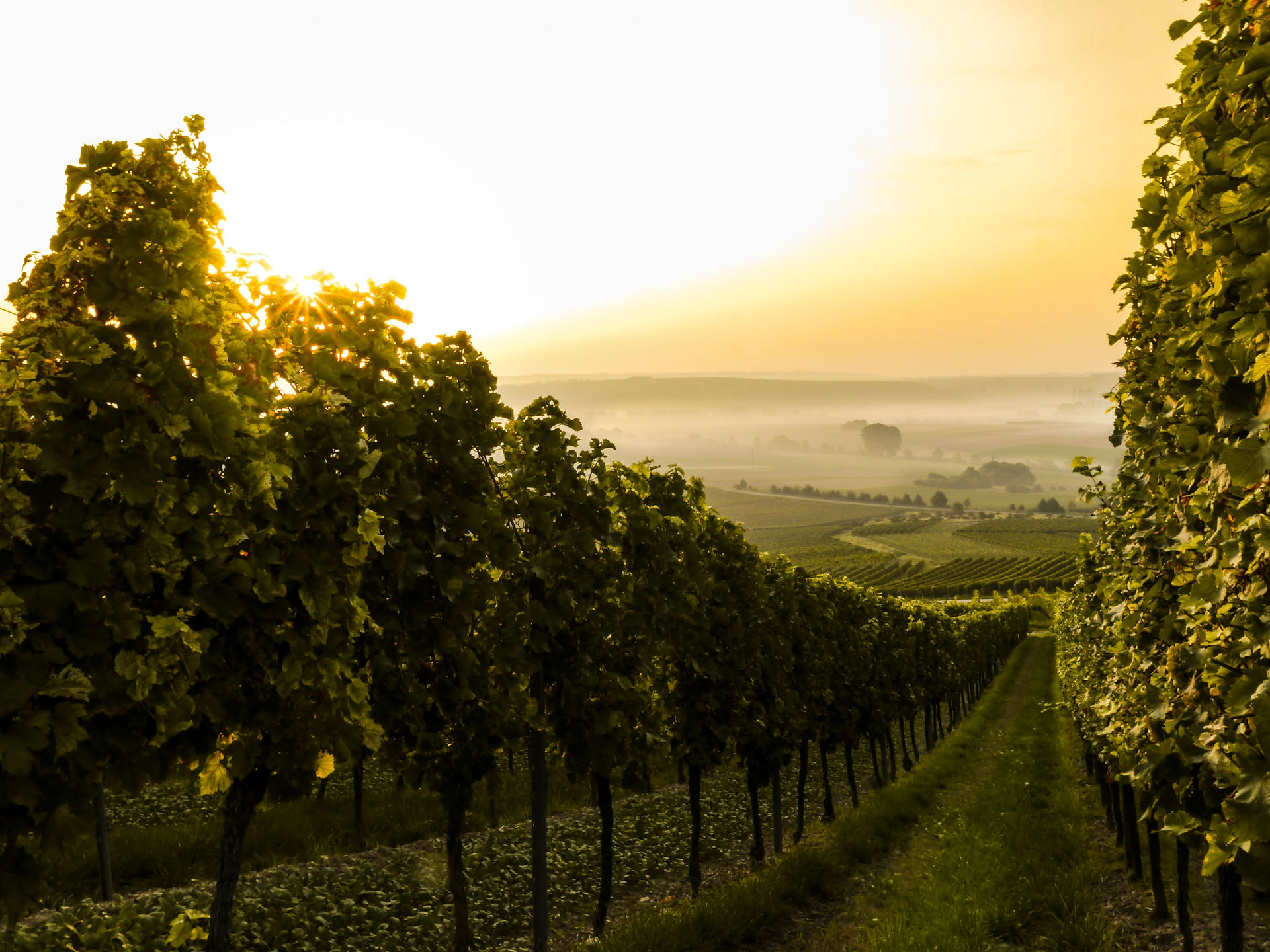Chianti Wine: Tasting Tuscany in a Glass
- Deanna Lowe

- Aug 27, 2023
- 3 min read
Learn about what makes Chanti the perfect wine to bring an Italian experience to your next dinner. Find great food pairing for Chianti and how to shop for Chianti.

When I ventured in Florence, I was amazed by the rolling hillside, sunny weather, and Renaissance architecture that created a picturesque scene. As I took in the breathtaking view from Piazzale Michaelangelo, I knew that the only way to complete this experience was to savour a glass of Chianti. Florence lies in the Tuscan region of central Italy, renowned for producing some of the world's finest wines, with none more celebrated than Chianti.
What Is Chianti?
To me, Chianti embodies the Italian culture and experience, bottled into an indulgent, rich wine that ages beautifully and offers a complex flavour profile. Blind tastings are an excellent opportunity to explore Chianti's unique character and appreciate the diverse characteristics it exhibits. Chianti is commonly described as a robust, bold, savoury red wine with strong tannins made primarily from Sangiovese grapes. The name Chianti comes from the appellation or region, and wines in Europe are named after their region, not grape varietal. Sangiovese is a red, thin-skinned grape with high acidity and dry characteristics, that produces notes of red cherry, plum, earthiness, smoke, and leather. It thrives in warm, dry climates with ample sunlight, making Chianti an ideal region for growing Sangiovese grapes. Chianti typically blends Sangiovese with other red grape varietals like Cabernet Sauvignon, Syrah, Merlot, and Trebbiano.

What Food Do I Pair With Chianti?
When it comes to pairing Chianti with food, fatty and flavorful meats such as pork, lamb, and salami are excellent choices, as are tomato-based dishes like Bolognese pasta. The high-fat content of the food balances the strong tannins, reducing the wine's astringency. Additionally, high-acidity wines complement high-acidity foods, making tomato-based dishes an ideal pairing for Chianti. My most memorable meal in Florence was a Chianti Classico with Pappardelle al ragù di cinghiale (Ribbon Pasta with Wild Boar sauce), an authentic Florentine pairing with rich flavors and textures. When selecting a food pairing, it's useful to consult the cuisine of the region where the wine originates and find a dish from that cuisine.

Which Chianti Classification Should I Buy?
If you're in search of Chianti at your local liquor store, you'll notice it comes in various classifications, each with its own quality and variance. Understanding these classifications will help you make an informed decision when selecting a Chianti. The classifications include:
Chianti DOCG – a simple, inexpensive wine made of 70% Sangiovese grapes, not aged for long.
Chianti Classico DOCG – produced from 80% Sangiovese grapes that ripen for a longer season and receive more sunlight. It's aged for at least 10 months and boasts a more complex flavour profile, higher quality, and price.
Chianti Superiore (Gran Selezione) – produced with Sangiovese grapes grown in Chianti outside of the Chianti Classico region, aged for at least 9 months, with 3 months in the bottle.
Chianti Classico Riserva DOCG – of higher quality than Classico, aged for at least 38 months, with stronger leather notes and softer tannins.
Brunello di Montalcino DOCG - not a Chianti, but if you LOVE Sangiovese, this Tuscan wine is made from 100% Sangiovese grapes!

In conclusion, Chianti is an exquisite wine that perfectly encapsulates the Italian culture and experience. From its complex flavour profile to its versatile food pairings, Chianti is an excellent choice for any occasion.




Comments